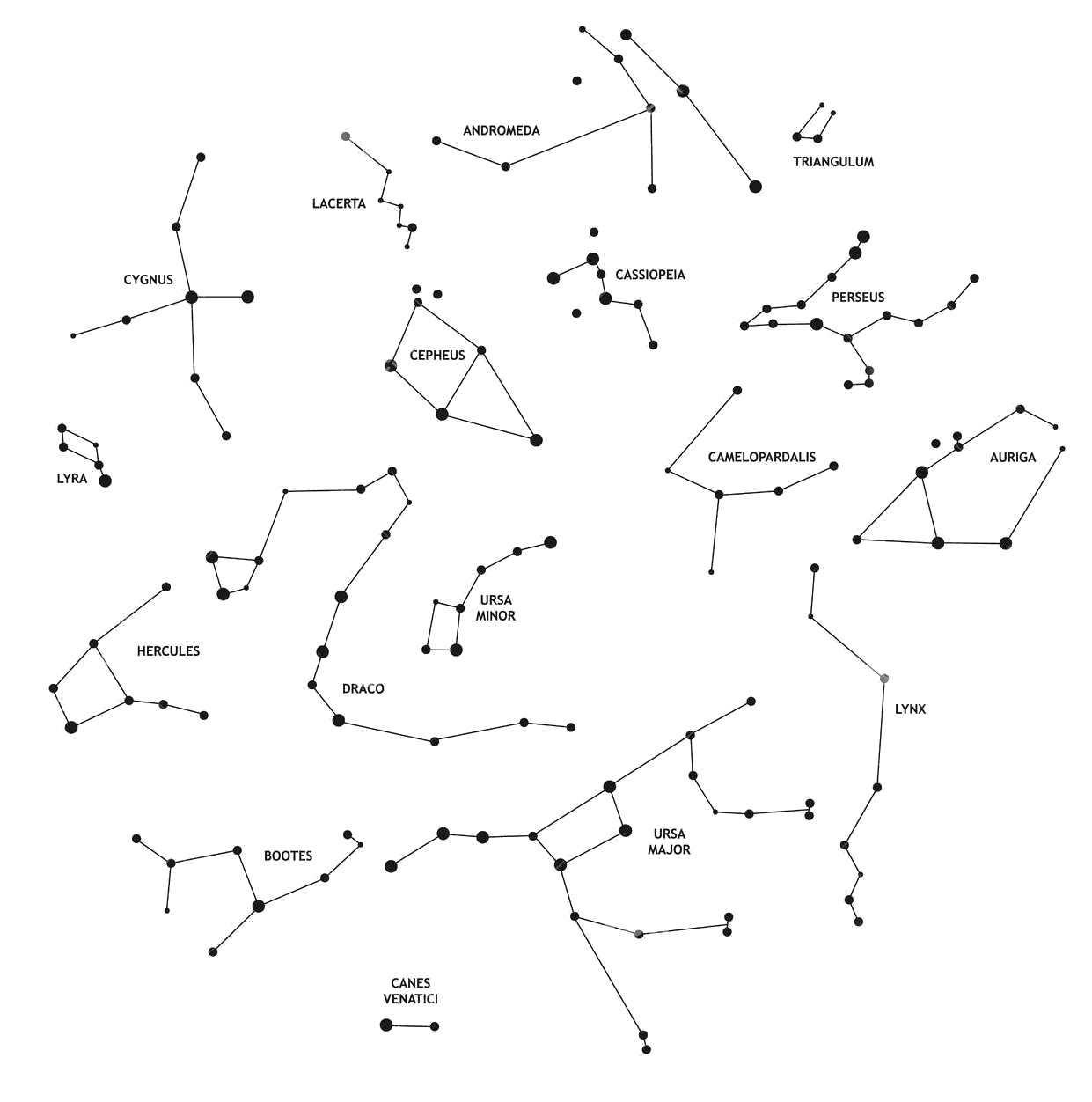
CONSTRUCTING THE PAST
2017 / archaeological imagination
Many objects from the past have been partly or completely lost. (fragmented and composted) The archaeologist combines the remaining fragments and imagines the missing parts. Fragments as physical artefacts as well as information of human behaviour and their stories. If this process is repeated continuously, a timeline will be created. This way we can obtain an understanding of our history. Constructing an object from fragments is like constructing a word from letters. Arranging the pieces for meaning to emerge.


The archaeological imagination is a faculty of the metaphysical detective, constantly doubting, balancing report against material witness, questioning the forms of representation that allow us to inquire of the past.
-Michael Shanks

Looking up the night sky we imagine the stars to be invisibly connected by ghostly lines into constellations. Only by doing so can we tell stories about them.


The approach of putting fragments together can be followed by different lines. For example, it can be an arrangement of purely formalistically matching pieces - like a jigsaw puzzle. Or a unity made by connecting the symbolic meaning of the pieces. Either way, the fragments get organised, in order to be able to tell a story, clarify an event, and assign meaning to the forgotten. Hoping to get a step closer in understanding who we are.
However, archaeology does not dig up parts of history. It constructs a history by actualizing the found in the present.
CONSTRUCTING THE PAST Pt.2
The act of measuring always alters that which was being measured.
The research tool and method that is being used to gather information plays a significant role in the knowledge of the research subject.
Archaeology as well as restoration is constructing new realities, interpreting the past.
By placing tools in the place of missing fragments, the project comments on how relationships to the past are constituted and emphasize the significance of the tools used by researchers.





It’s difficult to really understand the degree to which we are made by things. It’s only when we go back in time to see how this began that this fact seems true. It isn’t that we are the only animal to use tools; it’s that we rely on them for survival and we depend on them, to say who we are.




